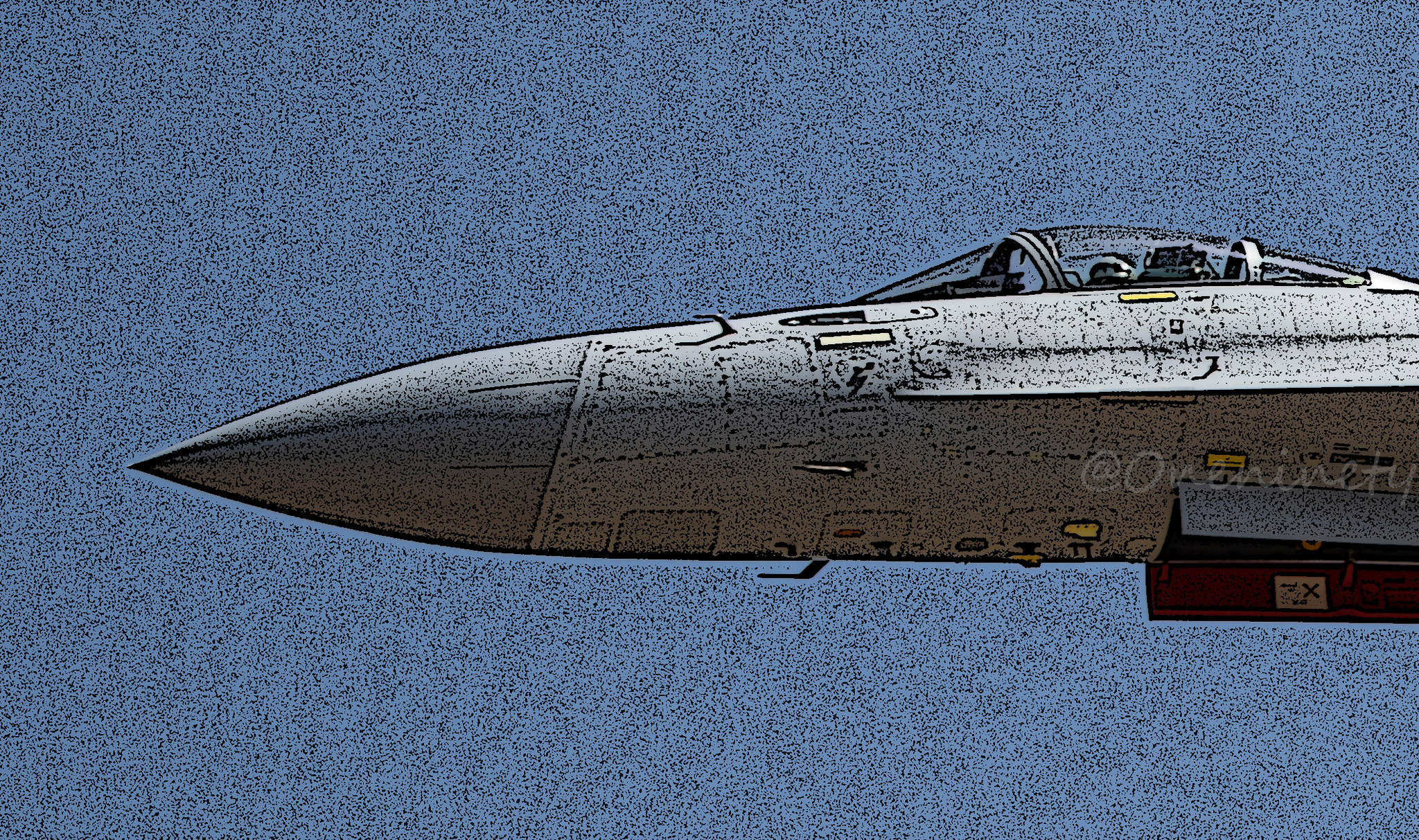After China launched its Electromagnetic Launch System (EMALS) carrier Type 003 ‘Fujian‘ in the middle of this month, photos of the J-15T, the catapult-enabled version of the J-15B, have emerged.
The J-15T can be flung from the carrier without relying on its power, unlike the J-15B, which takes its thrust from the ski-jump aboard the Type 001 ‘Liaoning’ and Type 002 ‘Shandong.’
The J-15 Fei Sha (Flying Shark) is a copy of the Russian Sukhoi Su-33. It is the only carrier-borne fighter in service, with the FC-31 ‘Gyrfalcon’ (also called the J-35) being tested and awaiting serial production to operate from the next Type 004 carrier.
There are, however, no reports of the J-20′ Mighty Dragon’ to be modified for naval use since the plane does not have a foldable wing section, whose airframe will have to be nearly redesigned.
The FC-31, meanwhile, is a new aircraft and has been ruled out for full-scale carrier operations from the Fujian. The J-15B and J-15T will be the mainstay of the People’s Liberation Army Navy (PLAN) combat aviation fleet.
The photo shows a modified radar cone and a new landing gear door, indicating it is a catapult-launched variant. A Chinese social media user said the designation ‘T’ had been chosen since it is the Chinese character for the word ‘catapult.’ The new nose cone has a slightly tilted/slanted opening, unlike the J-15B.

The tilted dome outline may indicate the existence of a phased array radar, which gives the pilot a better detection capability. Even the front landing gear door has been split into two pieces. The existing J-15Bs that fly from the Short-Take Off-Barrier-Arrested (STOBAR) ski jumps from the Liaoning and Shandong have a single-piece door.
The only conceivable reason could be that the front landing gear has been modified to handle the brutal force of the catapult launch that would propel the plane from the main flight deck. Many parts of the front landing gear might also become extensive, creating a requirement to have more than one door.
Another reason could be that the PLA Navy briefly considered the steam-powered Catapult-Assisted Take-Off But Arrested Recovery (CATOBAR) and designed the doors for its simple launching mechanism and force, but after deciding to skip the step and settle for EMALS, the design merely carried over.
The development of a catapult variant of the J-15 is also necessary to keep a fully ready carrier-borne fighter fleet ready for the next decade, as the FC-31′ Gyrfalcon’ Gen. 5 stealth fighter is fully readied into the carrier-borne J-35 in about the half of that time.
FC-31/J-35’s serial production stage is scheduled to be aligned with the operational readiness of Type 004, expected to be launched in the next 4-5 years. The J-15B/T will be the mainstay of the PLAN carrier-borne multirole fighter fleet.
Thus, one can safely assume that the J-15s will undergo another round of massive upgrades in electronics, avionics, and engines that can put them in the Gen. 4++ class.
They can thus support the FC-31/J-35 and the J-20 in air superiority roles, leaving the more complex missions to the stealth fighters.
J-15s can also undertake missions attacking land and sea targets with Land Attack Cruise Missiles (LACM) and Anti-Ship Cruise Missiles (ASCM).

Launching smaller missiles and guided bombs at tactical targets like tanks, air defense vehicles, ground units, and fortifications contributed immensely to an invasion of Taiwan.
One should also not be surprised if the J-15 might have a dual-seat variant with dedicated electronic warfare capability like the US Navy’s EA-18G Growler.
Moreover, having a proven carrier-borne fighter also means a robust platform to train many more PLAN pilots for carrier operations. Earlier this year, there were reports about the first group of fully carrier-trained pilots being ready after training on the J-15Bs.
Why Can’t China Rely on the FC-31?
EurAsian Times had reported that the fifth-generation jet – originally a technology demonstrator for various materials and aviation technologies – had been undergoing trials from mock carrier decks as per leaked photos from June last year and March this year.
An allegedly quite recent image of the carrier EM facility at Wuhan and the mock up representing today how the Type 003's island might look like has gained a SAC FC/31/J-35 mock up! ?
Any idea since when exactly it is there since my last image is from April/June 2019. ? pic.twitter.com/QFifx59dhK
— @Rupprecht_A (@RupprechtDeino) June 8, 2021
The former showed FC-31 and J-15 dummies on a mock-up carrier deck. This has led analysts to conclude that they might operate together from Type 004.
The March 2022 satellite pics of the PLA Naval Aviation Testing and Training Complex at Liaoning showed FC-31s alongside J-15s.
Interestingly, while the Shenyang Aircraft Corporation (SAC)-made FC-31 was earlier turned down by the PLAN and the People’s Liberation Army Air Force (PLAAF), it was revived to be improved for carrier operations after growing tensions with the US in the Western Pacific since the Donald Trump administration.
- The author can be reached at satamp@gmail.com
- Follow EurAsian Times on Google News




